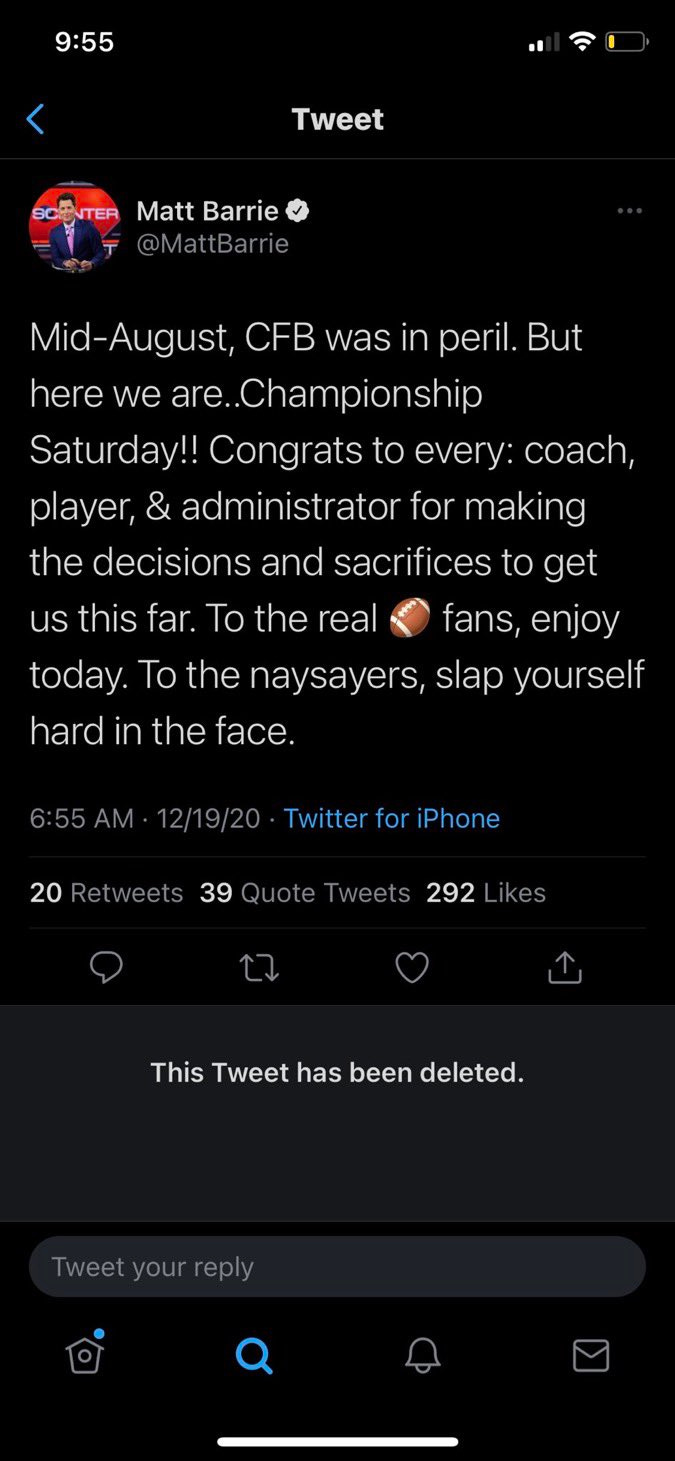Football is Back - All Good?
A heartfelt welcome back, college football. Truly.
A year ago at this time, I’m not sure I would have written welcome back so much as shrugged and acknowledged, yeah — it’s back, alright. Sure, I watched the opening-weekend matchup between Central Arkansas and Austin Peay last August and even talked to figures involved with the first game of the pandemic era for this in-depth article at FloFootball.com.
But with one of ESPN’s more vocal critics of any contingency plans, Matt Barrie, on play-by-play duties and minutes into the game enthusiastically introducing an Austin Peay player as having been dismissed at Ohio State for sexual assault, and Austin Peay is excited to have him!, I cringed. It was an unintentional distillation of so much that’s wrong with the game.
So yeah, I followed the 2020 season; covered it, even. But it sure as hell wasn’t fun.
The sport limped through a fall campaign that I credit every administrator, SID, coach, player and trainer for making happen. Games I worked in person at USC and UCLA were honestly the safest I felt leaving the house at any point since March 2020, thanks to the rigorous containment efforts: plexiglass dividers, no eating in the press box, free bottles of hand sanitizer issued at check-in. Those behind the scenes were thrown into a trying situation with no roadmap to follow, and they met the challenge.
Likewise, the players were stripped of the college experience, living their lives only on practice fields and in the dorms. No peer interaction, no cheerleaders, bands or fans cheering on their exploits.
I’m happy for those who wanted to play being able to do so. I hate that anything other than head-in-the-sand optimism (or in some cases, outright fantasy) was decried as cheering for the virus a portion of the TV crowd.
We can’t nor shouldn’t pretend more than 130 games were impacted by COVID-19, including *TWO* conference championships. I also don’t think hateful comments like this below should be forgotten — comments meant to divide real football fans from…fake, I guess?
The underlining problem is this dividing of weighty topics into Black Or White, Good Or Bad, All Or Nothing. Playing during the pandemic was — and still is, because the damn virus hasn’t disappeared — a much more nuanced issue than the conversation around it allowed for.
To wit, I had concerns about the insistence to play, some of which came from highly self-servicing places. But players I talked to, whether they played during the pandemic’s peak in the fall or in the FCS spring season, all offered a simple response: We’re just glad we got to play.
And play is the operative word. It’s too easy to lose sight among the din of shouting coverage, forced debate, deconstruction of traditions in pursuit of more money and so on that at its core, we love college football because it’s a game.
It’s a game played by 18-to-23-year olds. It’s supposed to be fun. I expect the 2021 season to recapture some of that — not because I’ve deluded myself into believing COVID-19 is gone.
No, COVID-19 will continue to impact football. A game, maybe multiple, will be forfeited due to outbreaks. We’ve already seen Auburn coach Bryan Harsin forced into quarantine and 32-year-old Western Carolina assistant John Peacock die from the virus.
In the words of De La Soul, it ain’t all good. But…
…It ain’t all bad, either.
I was heartened listening to coaches at Colonial Athletic Association, Mountain West and Pac-12 media days all tout vaccinations. Virtually all were couched in the qualifier, It’s not political — and after the bad-faith arguments rooted in politics that permeated ahead of last season, it’s a sentiment that has to be explicitly stated, sadly — and all echoed a similar theme:
It’s the best way to ensure we play.
Let’s take care of each other, let’s be diligent, let’s be open-minded and let’s play some damn ball.




